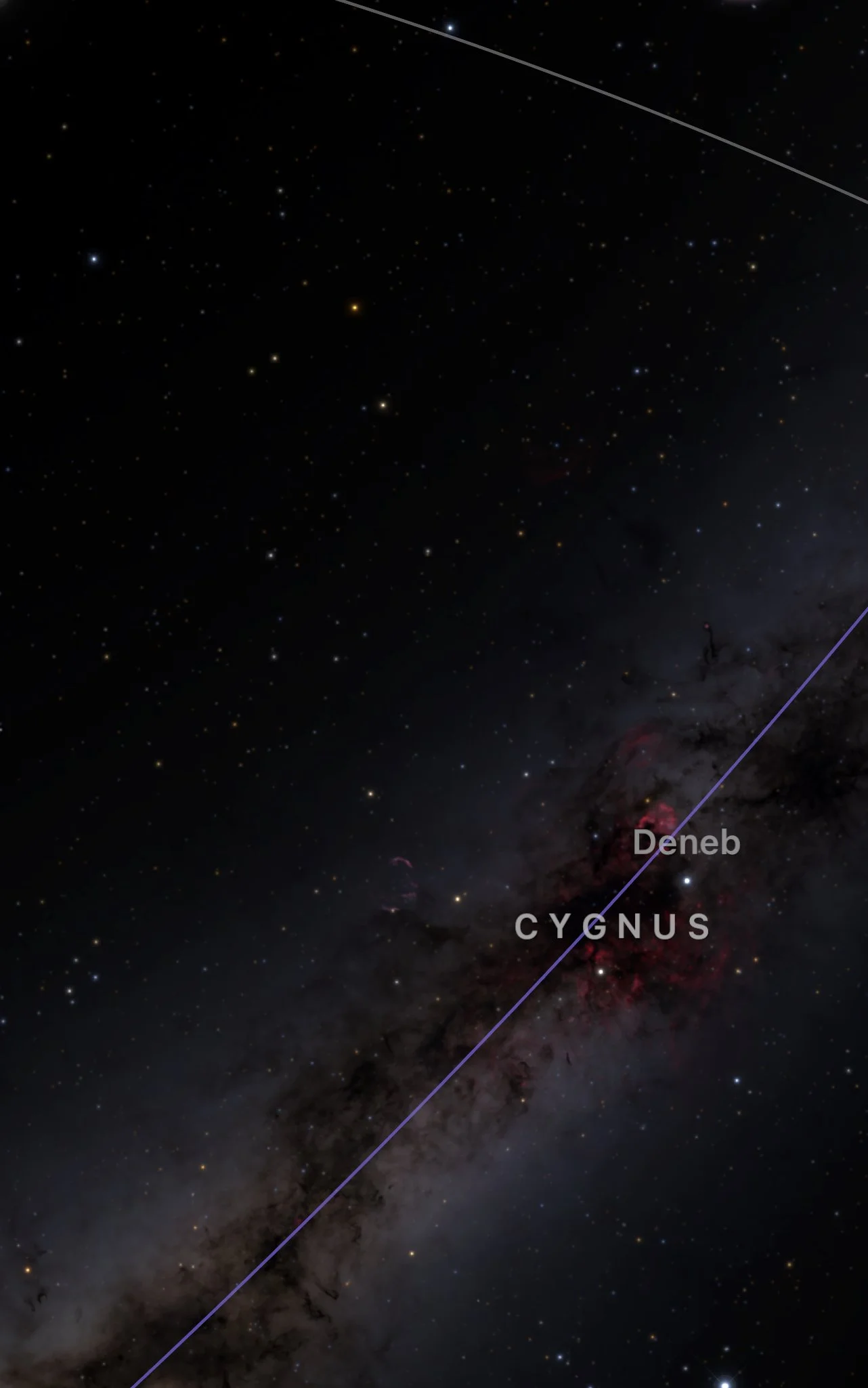....This Summer season, which is just beginning, is revealed as the great epoch of the planets. Although Venus is setting down earlier and earlier after sunset towards the West, Jupiter, in the constellation of Libra, is very high in the sky when the night arrives. This is the best season to observe him through a telescope: he will reveal the clouds of his high atmosphere, with their darker bands and the Great Red Spot, as well as his 4 major satellites, eternally dancing around him.
From the East, in Sagittarius, a yellow dot indicates the presence of Saturn, who leaves everybody without words while admiring his rings, and it is not rare that some of his more than 60 satellites are visible too. And Mars is now approaching Saturn coming from the Eastern constellation of Capricorn, in his apparent retrograde movement. The rovers Opportunity and Curiosity, have been exploring his surface for many years, and are helping us to understand his mysteries, such as the presence of water below his surface or the presence of methane in his atmosphere.
The Moon will also accompany us in the second part of July. Her mountains, her seas and her craters shine closely through a telescope, fascinating everyone who would contemplate them.
Clear skies to everybody! ..
Este verano que está empezando se anuncia como la gran temporada de los planetas. Si ben Venus se pone cada vez más pronto en el Oeste poco después del ocaso, Júpiter, en la constelación de Libra, está muy alto en el cielo a la caída de la noche. Es la época mejor para observarlo con el telescopio: nos revelará las nubes de la alta atmósfera, con sus bandas oscuras y la Gran Mancha Roja, así como sus 4 satélites mayores, puntos brillantes que danzan eternamente a su alrededor.
Desde el Este, en Sagitario, brilla la luz amarillenta de Saturno, que deja a todo el mundo sin palabra al admirar sus anillos, y no es infrecuente que se vean también algunos de sus más de 60 satélites. Marte, en cambio, se va acercando a Saturno desde Capricornio, en su aparente movimiento retrógrado. Las sondas Opportunity y Curiosity, que están explorando su superficie desde varios años, nos están ayudando a desvelar poco a poco sus misterios, como la presencia de agua bajo la superficie o de metano en la atmósfera.
Y también la Luna nos acompaña en la segunda parte del mes. Sus montañas, sus mares y su cráteres brillan a través del telescopio, dejando fascinados a quienes los contemplen.
¡Cielos despejados para todos! ....









